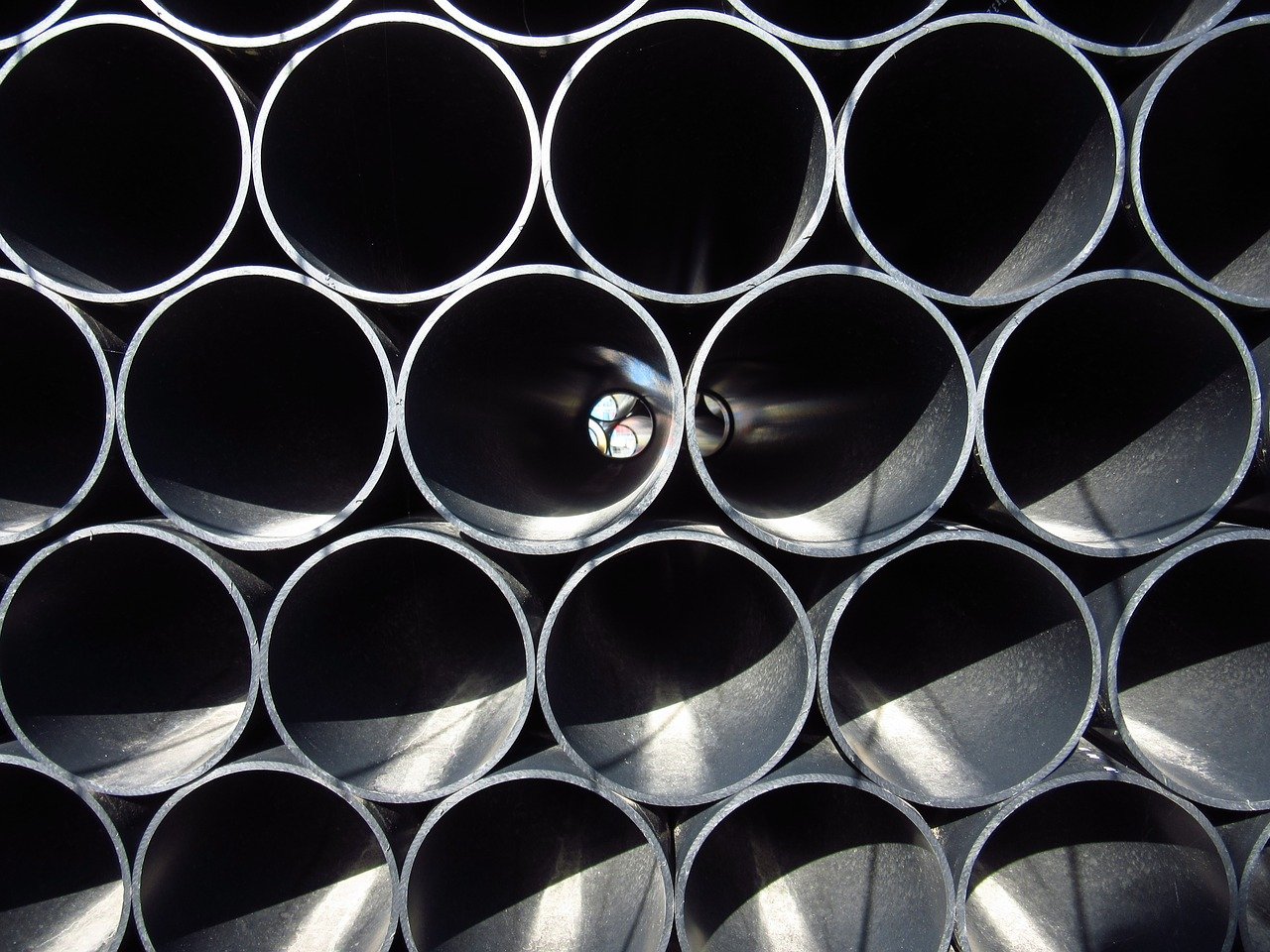
If you are looking at either applying yourself or hiring someone else to paint or coat your industrial piping, you might have some questions that you need to be answered. Such as, what types of application you might need for what you have, or if there are any regulations as to what kind of paints or coatings that you will need to abide by when covering the piping.
I am sure that you have or will have a lot more questions about this subject and in this posting I hope to supply you with some of the information that you might be wanting to know. Of course, as with everything, just what you will need for your project will depend on various requirements that you might need for the type of piping that you have.
Before being able to paint or coat you will first need to prepare the pipe by blasting it of any media and the class of abrasive that you will need to use will depend on the category of the pipe you have. Blasting it will clean the pipeline as well as help the paint or coating adhere to the surface to make a tighter armor.
Choosing an Application
Once you have taken care of the blasting outside and inside (if needed), you need to make sure that you will be using the type of coating that is specific to the use of the pipe. If you are not sure of the specs, you can consult an experienced association such as NACE or a Company which knows the kinds of blasting and covering that is needed throughout the piping industry. You can also obtain the required specs from the industry that you are dealing with to know the kind of blasting and coatings required.
Some of the things that you will need to take into consideration when finding the type of paint or coats are: Type of pipes (which include carbon, galvanized, stainless and alloy steel, iron, PVC, concrete and HDPE), the size and thickness of the tube, what the tube is used for, color required, location and the temperature range.
It can be quite overwhelming when you know that there are over two hundred kinds of paints, eighty plus primers and well over one hundred and ten types of coatings, but to be able to have a successful outcome to your work it is imperative to have the right one.
Internal Applications
Epoxy Coatings
Used in temperatures up to eighty degrees, exceptional resistance to corrosion, adheres to steel, easy maintenance, minimal mechanical and scratch opposition, little electrical resistance, and has extreme impenetrability for gas or water.
These include:
- Amino – Amine Epoxy
- Amine Epoxy
- Fusion Bonded Epoxy
- Internal FBE Lining
- Internal Liquid Coating
- Polyamide Epoxy
- Zinc-rich Epoxy
External Applications
The temperatures that each coating will endure vary and some are better suited for locations in water with varying depth pressures. Most of the surfaces that are listed above that are used inside piping will also be able to be used on the outside as well.
- Aliphatic Acrylic-polyester Polyurethane Coating
- Coal Tar Coating
- Composite Ceramic Insulating Coating
- Novalac Coating
- Silicone Acrylic Coating
- Water Based Epoxy Coating
Other forms of coatings, linings, and tape are:
- External FBE Coating
- 3 Layer PP/PE Coating
- Outer Liquid Coating
- Cement Mortar Lining
- Concrete Weight Coating
- PU Foam Coating
- PP Foam Coating
- Polymer Tape
- Hot Tape Coating – The hot and heat tape are made explicitly for pipelines that are installed offshore and can withstand extreme temperatures
- Heat shrinkable Tape Coating
It is crucial to make sure that you have the correct kind of coatings when it comes to working on piping. If the pipes are not adequately cleaned the coat cannot stick to the surface and then it will make it so that the layer that you put on it will not stick to it as needed. In the end, all of the work it would take you to get to this point will be for nothing, causing you money, time and product.
If you are in need of resurfacing or coating your businesses pipes, it is essential that you hire a company that has the knowledge and experience needed. You need someone that knows what needs to be done and knows how to do it correctly. Since there are so many different types of coatings, paint, and liners in existence, hiring a professional can be comforting.






